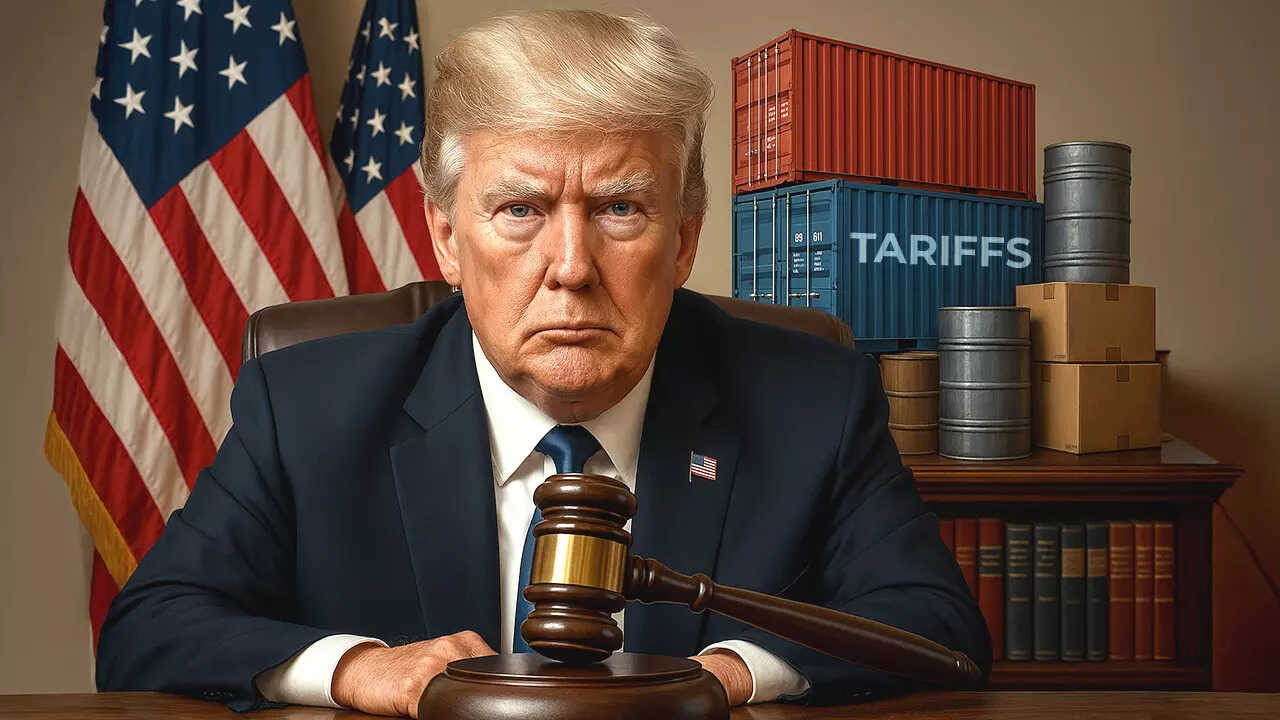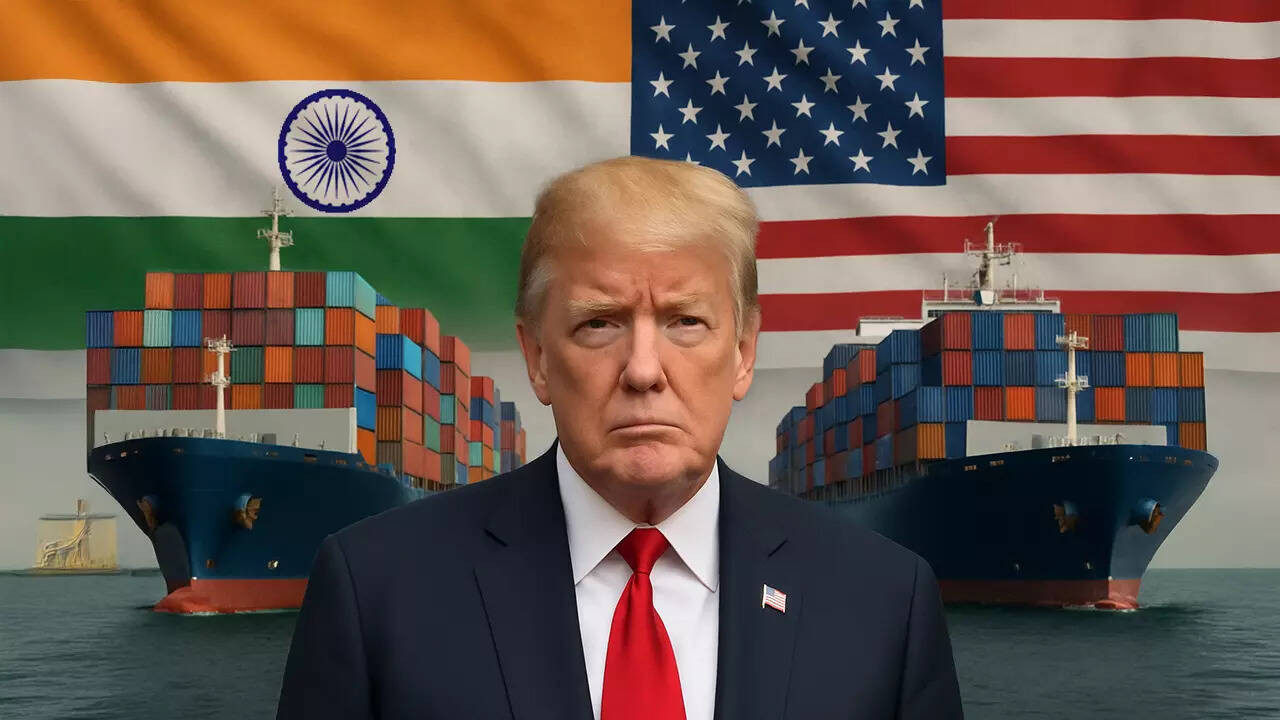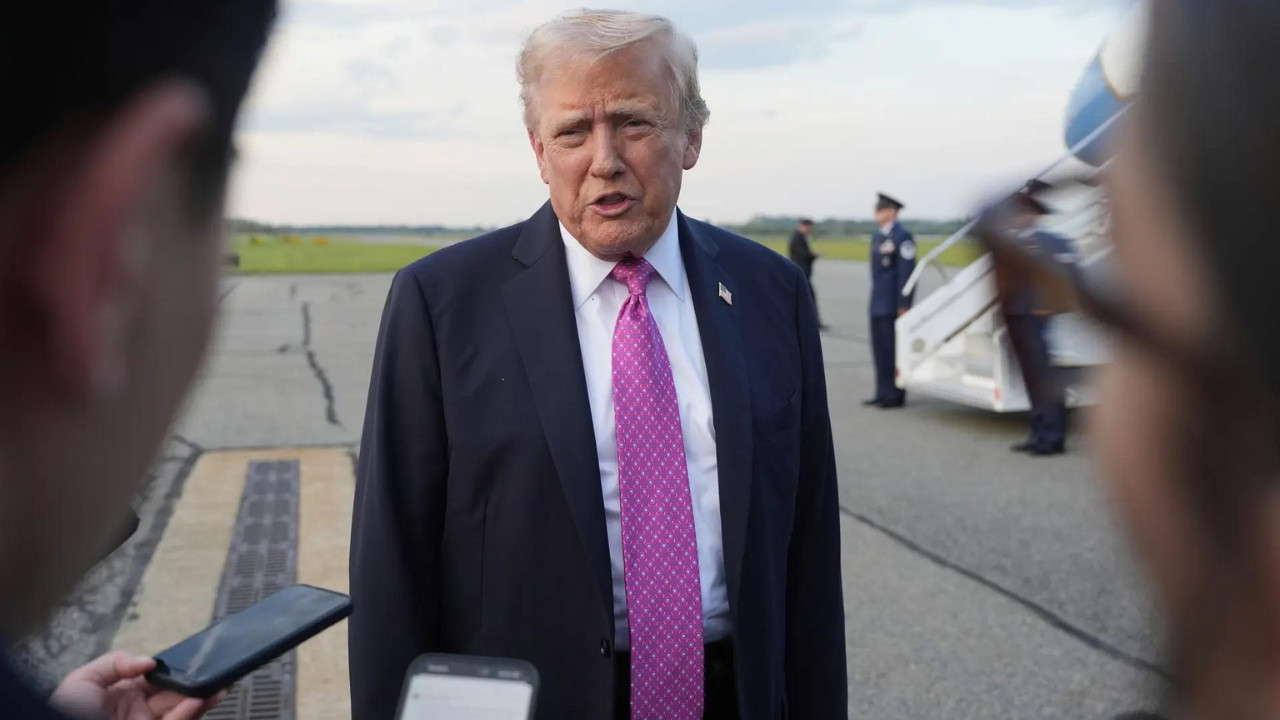US President Donald Trump is set to send tariff letters to twelve countries starting Monday, with new reciprocal rates potentially effective from August 1, 2025. Trump’s letters will be sent with the American side indicating a ‘take it or leave it’ offers.
The Global Trade Tightrope: Are New US Tariffs on the Horizon?
The world of international trade is rarely dull, and recent rumblings out of Washington suggest we’re heading for another potentially turbulent period. Former President Donald Trump, known for his assertive trade policies, has indicated that tariff letters are prepared for a dozen countries, with a fast-approaching deadline of July 9th. This has sent ripples of anticipation, and perhaps a little anxiety, throughout global markets. What does this mean, and who could be affected?
What’s Driving This Tariff Talk?
While the specifics of which countries are targeted remain undisclosed, the potential implications are significant. Trump’s previous approach to trade centered around the idea that the US was being treated unfairly, leading to policies aimed at leveling the playing field – or, as critics would argue, tilting it in America’s favor. This often involved tariffs, taxes imposed on imported goods, designed to make those goods more expensive and encourage domestic production.
The core argument behind these tariffs typically revolves around protecting American jobs, bolstering domestic industries, and reducing trade deficits. The counter-argument, of course, is that tariffs can raise prices for consumers, disrupt supply chains, and invite retaliatory measures from other countries, potentially sparking trade wars. The reality is usually a complex mix of both.
<img src="image-of-cargo-ship.jpg" alt="A cargo ship symbolizing global trade and the potential impact of US tariffs.” width=”600″ height=”400″>
Which Countries Are in the Crosshairs?
The lack of specific names fuels speculation. Given Trump’s history, countries with significant trade surpluses with the US are likely candidates. This could include nations in Asia, Europe, or even North America. The potential for tariffs could disrupt established trade relationships and force businesses to reassess their sourcing and manufacturing strategies. No company wants to be caught off guard by a sudden increase in the cost of importing essential components or finished goods.
The impact would vary depending on the size and structure of each country’s economy. Smaller economies heavily reliant on exports to the US would be particularly vulnerable. Even larger economies could feel the pinch, especially if the tariffs target key sectors.
The Ripple Effect on Global Markets
Even the threat of tariffs can have a destabilizing effect on global markets. Businesses become hesitant to invest, currencies fluctuate, and consumers grow wary of potential price increases. This uncertainty can stifle economic growth and lead to increased volatility in financial markets.
Furthermore, the imposition of US tariffs could prompt retaliatory measures from other countries. This tit-for-tat scenario could escalate into a full-blown trade war, with damaging consequences for all parties involved. Supply chains could be severely disrupted, leading to shortages of essential goods and higher prices for consumers.
A Potential Shift in Trade Dynamics
Regardless of which countries ultimately receive tariff letters, this situation underscores a potential shift in global trade dynamics. It highlights the ongoing tension between protectionist policies and the principles of free trade. It also serves as a reminder that international trade is not simply an economic issue; it’s deeply intertwined with political considerations.
Businesses operating in the global arena need to be prepared for the possibility of increased trade barriers and adjust their strategies accordingly. This may involve diversifying their supply chains, exploring new markets, or lobbying for policies that promote free and fair trade.
Looking Ahead
The looming July 9th deadline adds urgency to the situation. Will the tariff letters be sent? If so, which countries will be targeted, and what will be the extent of the tariffs? The answers to these questions will have a profound impact on the global economy. One thing is certain: the world of international trade is about to get a whole lot more interesting.
Understanding these potential shifts is crucial, especially when looking to expand your business internationally. Check out our guide on [navigating international markets](/international-expansion-guide) for valuable insights and tips.
Ultimately, the future of global trade hangs in the balance. Will diplomacy prevail, or are we headed for a new era of trade friction? The coming weeks will undoubtedly provide clarity and set the stage for the next chapter in this ongoing saga.







